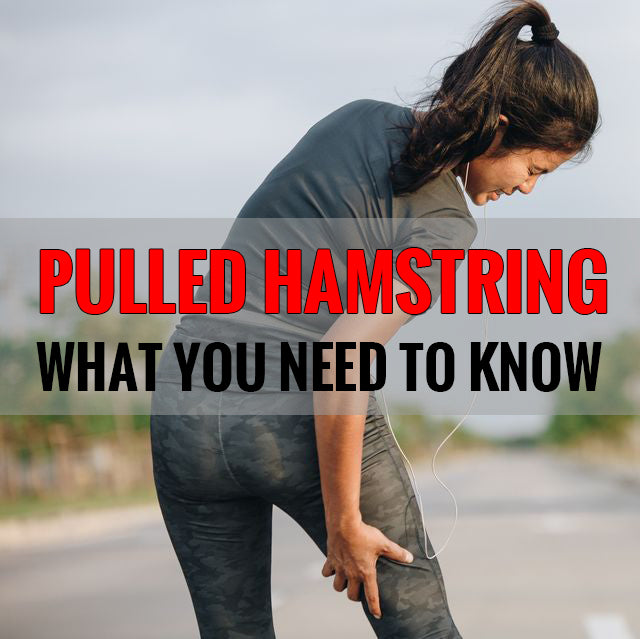Pulled hamstring: what you need to know

Hamstring Strain:
A pulled muscle, also known as a strain or tear, is a common injury, particularly among athletes. Hamstrings are a group of muscles located at the back of the thigh that are prone to strains. The majority of these injuries occur as a result of muscle stretching beyond its capability or from strong muscle contractions.
Risk factors and causes
A pulled hamstring occurs when a muscle is overloaded beyond its capacity, which can happen when the hamstring is overextended due to a sudden load.
The most common cause of a pulled hamstring is sports injuries, such as sprinting or other activities which stretch the hamstring. During running, for example, the hamstring lengthens and sustains a certain amount of force. A pulled hamstring may result if that force exceeds the muscle's capacity.
A hamstring pull is a common type of muscle strain. The hamstring injury is also prone to recurrence.
It is possible for anyone to develop a pulled hamstring. However, certain factors increase a person's risk, such as:
Running, sprinting, or stretching during sports
An injury to the hamstring in the past
A lack of flexibility in the hamstring
An imbalance of muscle strength, such as a stronger quadriceps than hamstrings

Grades and symptoms
Pulled hamstrings may present with a variety of symptoms depending on the extent and severity of the injury. A person may experience sudden, severe pain along with a popping or snapping sound. The affected area may also be swollen and bruised, and may be tender to the touch.
Pulling the hamstrings can be classified into three severity levels:
Grade 1: In this grade of strain, there are microscopic tears in the muscle fibers, and an individual usually has mild symptoms and only minimal limitations in their daily lives.
Grade 2: In this grade of strain or pull, there is a partial tear of the muscle fibers that results in moderate pain, swelling, and bruising. The injury may restrict the ability to carry out certain activities, such as jogging.
Grade 3: An injury of this grade involves a complete rupture of muscle fibers, which can cause significant swelling and intense pain, as well as interference with daily activities such as walking. The injury can heal within a few months, although surgery may be required.
Treatment options
Rest: Avoid activities that cause pain in the hamstring until the injury has healed.
Ice: Use an ice pack for 20 minutes several times a day.
Compression: Wear a thigh compression sleeve to help prevent swelling.
Elevation: Sit with your thigh higher than your heart to reduce swelling.
In the case of more severe pulled hamstrings, additional treatment may include:
Medications: Over-the-counter anti-inflammatory medications, as well as prescription medications, may provide relief from the pain. However, it is best to speak with a healthcare professional before choosing a medication.
Immobilization: A splint may be required to immobilize the leg until the pain subsides.
Physical therapy: This entails the use of exercises, stretches, and manual therapy in order to strengthen the muscles and enhance their range of motion. Physical therapy can also speed up the healing process.

Recovery
Recovery time from a pulled hamstring varies. A person's recovery time will depend on the grade or severity of the strain, their age, and their overall health. Here is an estimate of recovery time based on the grade of injury:
Grade 1: 1-3 weeks
Grade 2: 4–8 weeks
Grade 3: 3-6 months

Prevention
Several steps can be taken to reduce the risk of sustaining a pulled hamstring, including:
It is important to warm up thoroughly before engaging in vigorous physical activity
Increasing activity intensity gradually
Strengthening hamstrings and glutes with resistance exercises
Preventing imbalances by training both the hamstrings and quadriceps
Stretching after exercising
Summary
Pulled hamstrings occur when one or more of the three muscles in the back of the leg that make up the hamstring are overstretched or overloaded. A pulled hamstring can cause mild symptoms to significant pain and activity limitations.
It is possible for anyone to sustain a pulled hamstring. People who play sports such as football, soccer, and basketball that involve sudden bursts of running are at greater risk. The RICE method and gentle exercises and stretches are usually used to treat a pulled hamstring.
